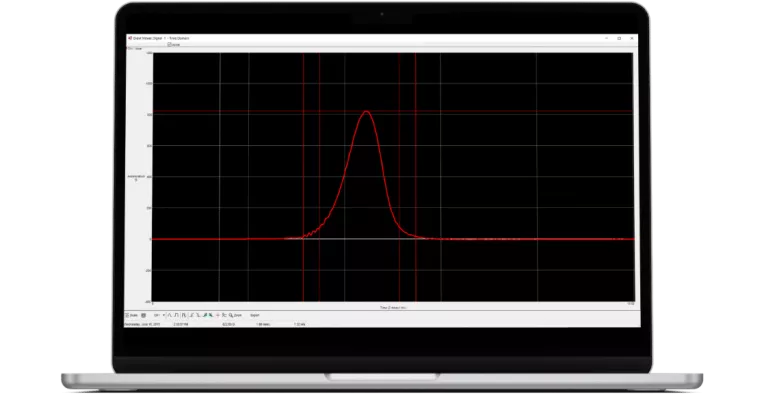Presenter(s)
Environmental shock inputs may result from many types of events, but it is generally agreed that the most severe shocks a package will receive occur during handling operations.
These include the times when a package is dropped while being loaded or unloaded from a vehicle, sorted, or staged for further distribution, or when bulk is being made or broken. Therefore, it’s essential to characterize and identify a product’s inherent shock fragility.
Establishing that metric helps design engineers in a couple different ways.
One – product design and reliability engineers can use that information to initiate product design enhancements to make the product more durable.
Two – packaging design engineers can use the quantified metrics to establish the protective requirements for the transport packaging itself.
This webinar will address the Damage Boundary Theory and laboratory shock fragility testing – demonstrating the equipment, the method and simulated response of a spring/mass system to those testing inputs.
What we’ll discuss:
- Definition of shock.
- The sources of those dynamics within the supply chain.
- Key characteristics of a shock pulse – acceleration, duration, velocity change, frequency.
- Damage boundary theory.
- Programmable shock test systems and associated data acquisition.
- ASTM D3332 - Standard test methods for mechanical - shock fragility of products, using shock machines.
- Critical velocity change and critical acceleration - actionable information generated from bare product shock testing.
- Use of those metrics in establishing design criteria for protective packaging.
Who should attend?
- Product reliability engineers
- Product and packaging design engineers
- Supply chain and logistics personnel
- Damage prevention personnel

